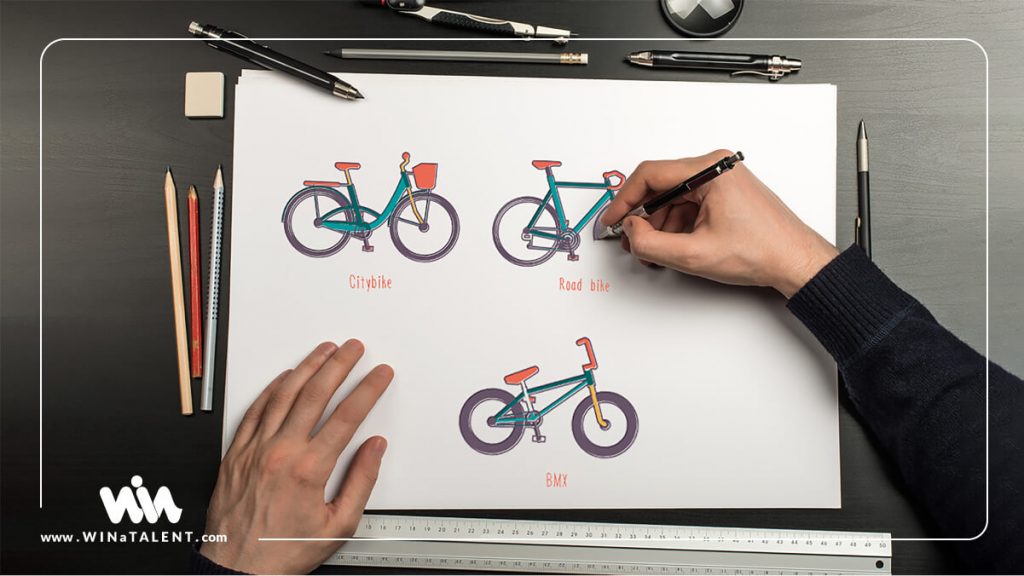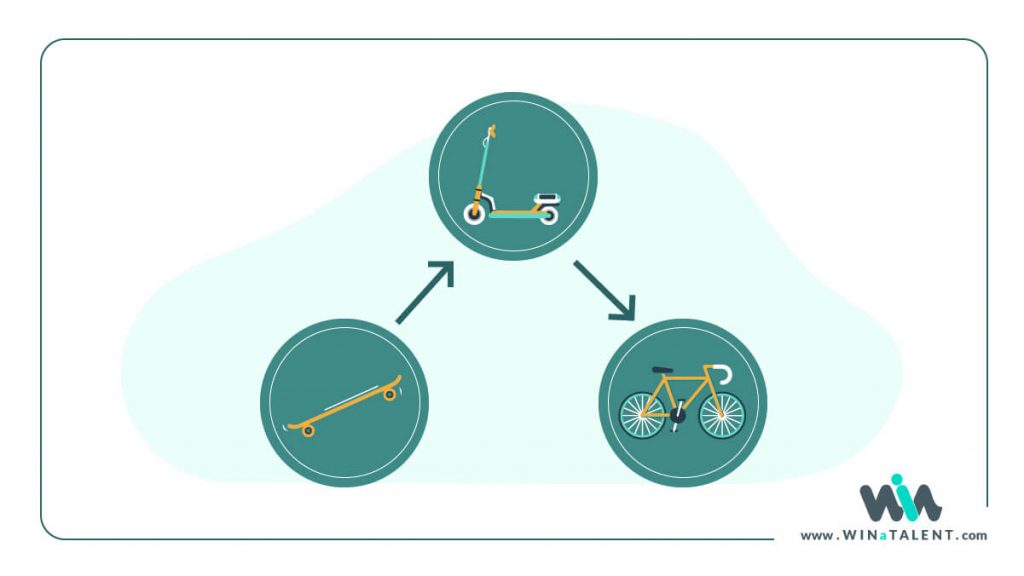Not Testing Your Ideas Is a Great Way to Fail Fast.
There are two different schools of thinking when it comes to making a new product.
According to the first school of thought, when you are making a product, you only have one chance of success. Therefore, put all your money, time, talent, and resources to build the perfect product and release it into the market. This school of thinking seems rational, right?
You only get one shot, do not miss your chance to blow
This opportunity comes once in a lifetime
Eminem, Lose Yourself
But what if you put all your precious time and resources into a product that nobody wants? The risk of this way of thinking can be very high.
But there is this other mentality pioneered by Eric Ries. This mentality is the core component of the lean startup methodology.
According to this school of thinking:
- Release your product fast and release updates often.
- Get into the feedback cycle of your product early.
- Listen to your users and use their opinions to find out what they expect from your product.
By going with Eric Ries’s mentality, two terms pop up: Prototype and Minimum Viable Product (MVP).
Previously, we talked about how to build a successful minimum viable product and a prototype in mobile app development.
Let us look at the definition of both these terms very quickly:
A Minimum Viable Product (MVP) is a lightweight early-version of a product.
A prototype is also a lightweight early-version of a product.
According to this definition, MVP and prototype carry the same concept and have the same place in the lean startup methodology. But in reality, even if they share similar concepts, they are quite different.
In this post, we are going to talk about the differences between prototypes and MVPs.
What Are the Differences Between Prototype and MVP?
The main goals for making a prototype are:
- They are Quick to make
- Affordability
- Reduction of time-to-market
And the main goals for MVP are:
- Winning over stakeholders to sign off your product and design
- Helps to evolve the product
- Minimizes development costs
- Getting to the product release stage faster
The main differences between MVP and prototype lie in 3 main aspects:
- Scope
- Commitment
- Audience
Let’s talk about each one in detail:
Scope
The scope of a prototype and an MVP differ considerably.
The idea behind a prototype is to build a model very quickly and easily change it based on different needs to make the initial idea tangible.
If the main idea is to make a bicycle, the prototype would be different sketches of the bicycle design.

With MVP, the idea is turned into an actual product. This product is something to serve the same purpose as the final product.
Taking the bicycle example, the purpose of a bicycle is transportation. Therefore, the minimum viable product would be a skateboard.
The skateboard fulfills the transportation purpose and is an actual releasable product.

So, in the prototype stage, the designers make the idea into a tangible and understandable visual presentation. But by building an MVP, the development team puts in a bit more effort. They release an actual product to the market and enter the feedback cycle to check if there’s a need for the product at all.
Commitment
According to what we concluded above about MVP and prototype scope, the commitment level is also very different.
After investing time and valuable resources into an MVP, it’s less likely for the team to completely scrap the whole idea.
Yes, the idea behind an MVP is to make rapid changes to the product and build it cost-efficiently. But, it is still so hard and painful to entirely start from scratch.
But if you are in the prototype stage, starting from scratch is as easy as crumpling up a paper and starting again.
Of course for complex prototypes, there are more resources involved. But you are less likely to be tied to a prototype than a manufactured product.
Audience
The audiences between a prototype and an MVP can also be quite different. Prototypes are mostly internal. Also, project prototypes are used for getting the stakeholders on board.
After receiving the initial investment money from stakeholders, the prototype is entering a new stage. Which means building an MVP. As you can see, the prototype is not for your target market. But the MVP is for that exact audience. You launch the MVP to your target market to evaluate its reception.
Conclusion
After understanding the differences between an MVP and a prototype, you can now decide which one you need.
A prototype is a great way to start the development process. And find the proper stakeholders.
An MVP is a great way to be seen in the market.
But remember: DO NOT over or under engineer your MVP!
By under-engineering, you might disappoint your audience about the quality of your final product. By over-engineering an MVP, you might spend all your valuable resources. Also, note that building an MVP is still one of the initial stages. There is a long road ahead to develop your MVP to a final product.
By including both prototype and MVP in your lean startup strategy, plus tasting your product, you are saving valuable time, money, and resources.
At WINaTALENT, we take the testing stage of your lean startup very seriously. Use our services for the estimate, wireframe, prototype, or MVP building.

It was helpful, thanks. Please introduce more resource.
Hi Keyvan
Thank you for the comment.
We will continue to write about relevant topics in future posts.
Stay tuned.
I want to validate my idea with a quick solution, so I can estimate how much will it cost and also how much revenue I can make within 1 year.
An MVP will cost more to develop than a prototype, am I right?
Hi Erfan,
Thank you for your comment.
You are quite right, and MVP is an actual product that should not be under or over-engineered as we mentioned before, every app is unique, and the whole development expenses deepened on what you want to develop.